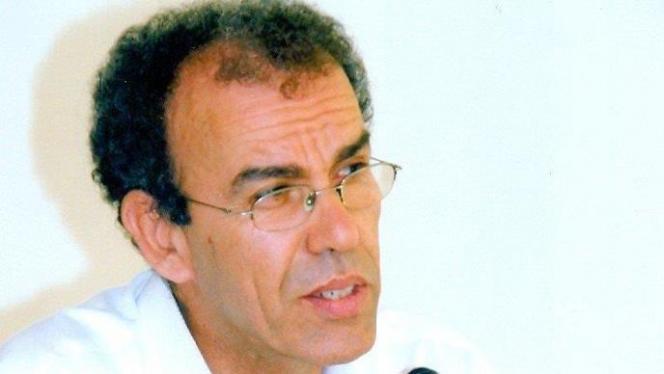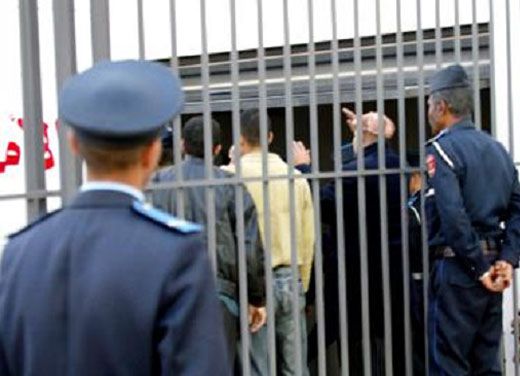On this year of 2016, Muslims observe the fast of Ashura on October 11; and Jews observe the fast of Yom Kippur on Wednesday October 12. What is Ashura? Ashura means “10” in both Arabic and Hebrew. Both holy days occur on the 10th day of the month, Muharram for Muslims and Tishri for Jews.
According to a hadith found in Sahih al-Bukhari (Volume:6 Book:60 No:261), when the Prophet after migrating/escaping to Medina found Medina’s Jews fasting on the 10th of Muharram. He asked them why, and was told: “It is an auspicious day; it is the day when God delivered the children of Israel from their enemy (Pharaoh); so Moses fasted on that day.”
The Prophet said, “I am worthier (to feel the redemption) of Moses than you are (because I have just personally escaped from years of persecution in Macca).” Thereupon, he fasted on that day and ordered (Muslims also) to fast.
In ancient times the two branches of Abraham’s house followed the same lunar-solar system of intercalating an additional month 7 times in a cycle of 19 years. Thus, the 7th Jewish month of Tishri coincided with Muharram; and the ‘Ashura (10th) of Muharram synchronized with 10th of Tishri, the Jewish Day of Atonement – a day of fast.
The two calendars lost their synchronization when Islam, in the 9th year of Hijra (escape, exodus or migration), disallowed mathematical intercalation which the rabbis had started practicing three centuries earlier. Thus the parity was lost long before the advent of Islam, because the Arabs did not use any mathematical calculation in their intercalation. and that was why the Muharram of the 2nd year of Hijra began on 5th July, 623 C.E. (Al-Munjid, 21st ed.), months before Tishri (which always coincides with September-October).
But why would Jews fast rather than feast to show appreciation for being redeemed from slavery? Fasting for Jews is connected to mourning; as in the case of the ninth of Av which often does fall in early July.
And Rabbi Yohanan ben Zakki, who escaped from the besieged city of Jerusalem shortly before it was captured by the Romans in 70 CE says that mourning over the destruction of Jerusalem and its Holy Temple should be observed on Av 10th because while the Temple was set on fire on the 9th; it was not totally destroyed until the 10th.
So it is possible that the Jews of Medina, a long established Jewish community (the town was known a Yatrib-city of Jews before it was named Medina) followed the teaching of Rabbi Yohanan ben Zakki. and were indeed fasting on Av the tenth.
In the year 2022, the Muslim fast of Ashura (Muhharam 10th) will coincide with the Jewish fast of Tisha b’Av (Av 9th) as it did 1400 solar years previously in 622 CE, the year Muhammad escaped from Makka and settled in Medina. Actually, the two dates will overlap since Muslim scholars say that the 9th or the 11th should also be observed, and Rabbis say that if the fast of Av 9th falls on Shabbat it should be observed on Av 10th.
The observance of Ashura will begin at sunset August 7th 2022; and the observance of Tisha b’Av, which commemorates the destruction of the first and second Temples, will begin (a day late due to Shabbat) at sunset August 7th 2022.
Perhaps, if both Jews and Muslims start working on preparing for it, that auspicious occasion could both mourn for the thousands of victims; and at the same time celebrate the end of the long conflict between the Palestinians and the Israelis.
This article was also posted to my blog in the Times of Israel today.





